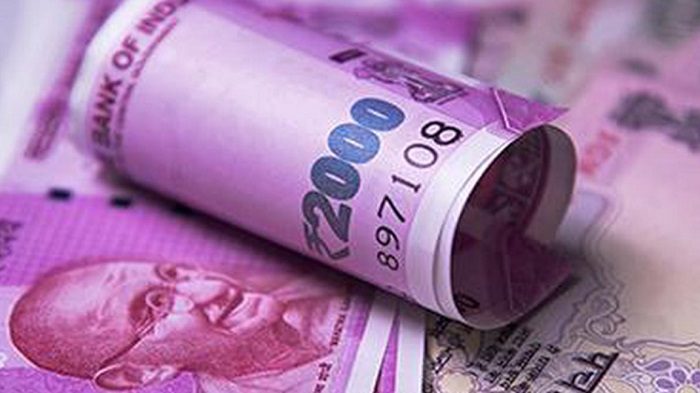The Reserve Bank of India has gone on to announce that it is going to withdraw the 2000-rupee denomination, which is the highest currency note in the country, from circulation. The 2000-rupee note, which is almost equivalent to $24.50, came into circulation in 2016 and shall remain legal tender; however, the citizens have been asked to either deposit or exchange these notes by the end of September this year, on September 30, to be exact.
The move happens to be similar to what shook the nation in 2016 when the Modi government decided to completely withdraw the 1,000- and 500-rupee denominations, which comprised 86% of the country’s circulated currency. This was done in order to eradicate fraud and forgeries from circulation.
That said, this time around, the move looks less disruptive as lower-value notes have been withdrawn over a long period of time.
Why this move?
In 2016, when the 2000-rupee denomination came into existence, the idea was to replenish the currency of India quickly after the process of demonetisation. That said, the Central Bank of the country has consistently remarked that it is looking to halt the printing of 2000-rupee notes over the past few years.
As per the RBI’s communication, these denominations aren’t commonly used when it comes to transactions, and hence the decision explains the move.
But why now?
Although the Government of India or even the RBI has not specified any reason behind this timing, the analysts say that this comes ahead of the elections across four large states of the country and also a national election that is due in 2024, when the usage of cash typically witnesses a surge.
It is believed that most of the political parties in the country hoard cash when it comes to high-denomination bills so as to fund election campaigns, even though there happen to be stringent spending limits that are announced by the election commission of the country.
As per a group chief economist of a finance holdings company, such a move is indeed a wise decision right before the elections. She added that people who have been using such high denomination notes may now face challenges.
How about economic growth?
The 2000-rupee note value happens to be Rs. 3.62 trillion in the country. This is equivalent to 10.8% of the circulated currency in the country as of this date.
This withdrawal of the denomination will not bring about any huge disruption, as the smaller note denominations happen to be sufficiently available. Besides, over the last 6 to 7 years, e-commerce and digital transactions have gone on to expand pretty significantly.
That said, one of the economists at a research firm says that small and cash-oriented verticals like agriculture and construction may witness some sort of inconvenience in the short term. There could be a spurt in jewellery purchases in the country.
How are banks going to be affected?
Since the Indian government has urged people to either deposit or exchange the notes with smaller denominations by September 30th, the deposits in the banks are bound to increase. All this comes at a time when deposit growth happens to be lagging bank credit growth.
As per the finance sector group head of a ratings agency, this practise is going to ease the deposit rate hike pressure, and the banking system’s liquidity will also be enhanced. An economist at a financial services firm says that as all the 2000-rupee notes will be back in the banking system, there is going to be a reduction in cash circulation, which will thereby help in improving the liquidity of the banking system.
Any implications for the bond markets?
An enhanced banking system liquidity as well as an inflow of deposits in the banks would go on to mean that the short-term interest rates would see a drop, and these funds would get invested in government securities that are for the short-term. It is well to be noted that the other denomination banknotes happen to be adequate so as to meet the public’s requirement for the currency.
Notably, the Central Bank has targeted printing 500-rupee and below denomination notes and hasn’t printed any new 2000-rupee notes throughout the last four years.
An economist as well as a former chief statistician of the country called the withdrawal of the notes of higher value a very sensible form of demonetization. One of the SVPs of a financial sector ratings firm said that banks’ deposit accretion rates might marginally see a surge in the near term. He added that this will go on to ease the pressure on deposit rate hikes and make short-term interest rates moderate.
The fact is that the banks in India are reporting a double-digit credit surge in the months that have gone by, despite a 250-bp RBI rate since May 2022. Banks happen to be raising deposits at a faster pace so as to meet demand as well as tightening when it comes to liquidity.






















